Creating cultural hotspots to foster connectivity and encourage urban diversity
Ho Chi Minh City Innovation District
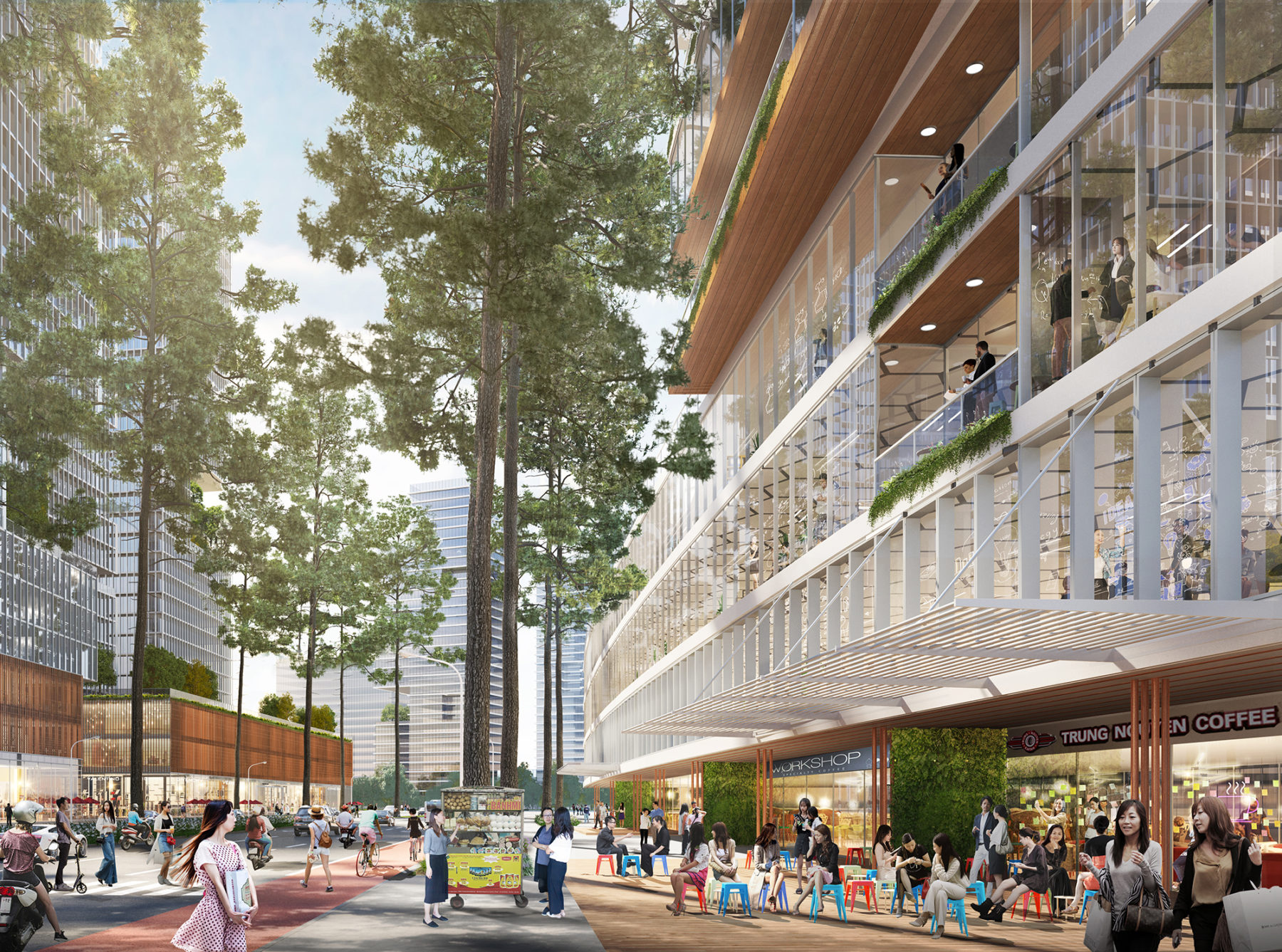
A proposed site for an innovation hotspot
Sasaki has been selected by the government of Ho Chi Minh City to conceive the innovation district in the eastern part of the city, in collaboration with enCity, an international planning practice based in Singapore and Vietnam.
Selected from a shortlist of six international design firms, Sasaki and enCity, were awarded first place for their Highly Interactive Innovative Districts. The competition’s brief requested urban planning and design schemes for over 22,000 hectares of the city throughout District 2, District 9, and Thu Duc District.
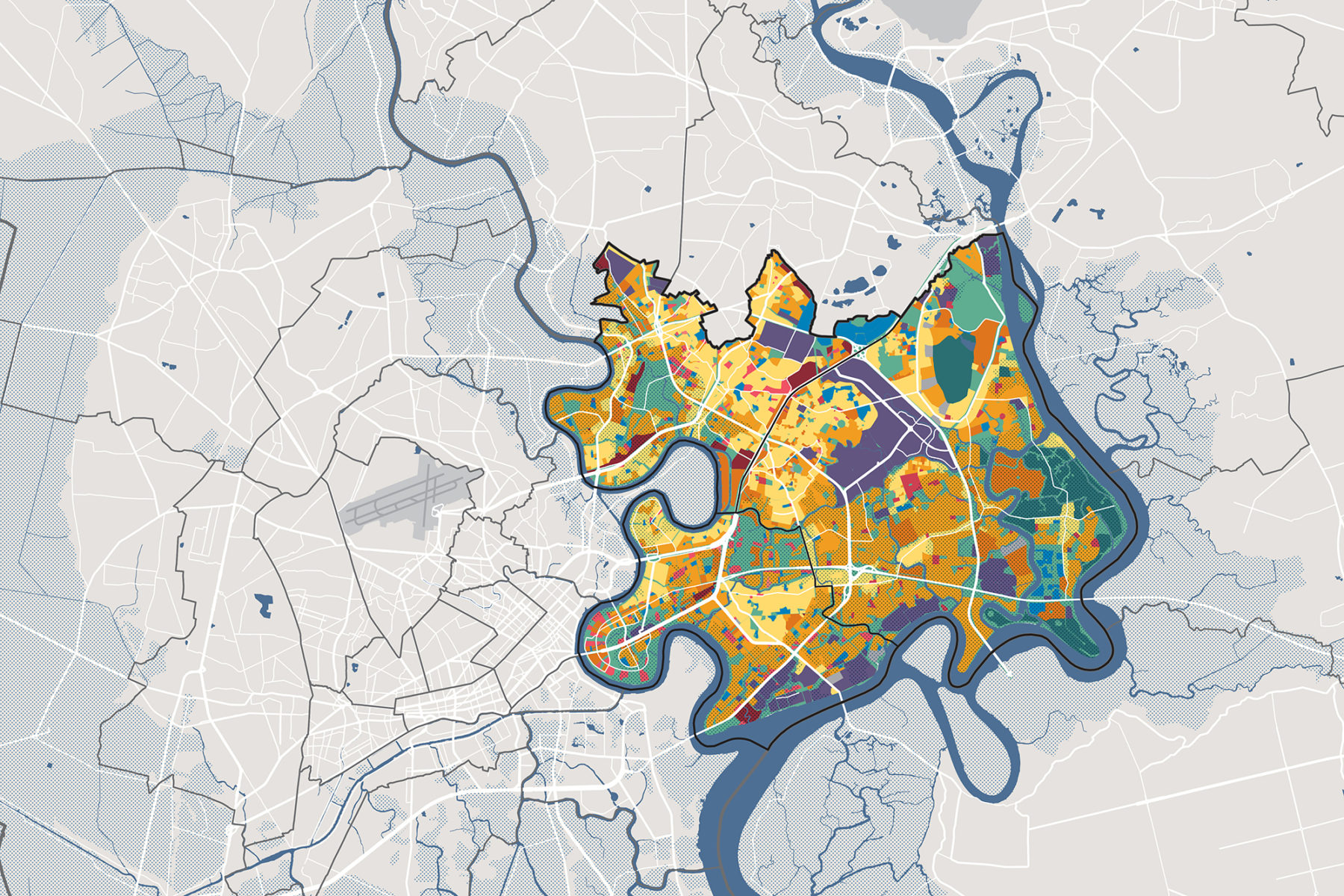
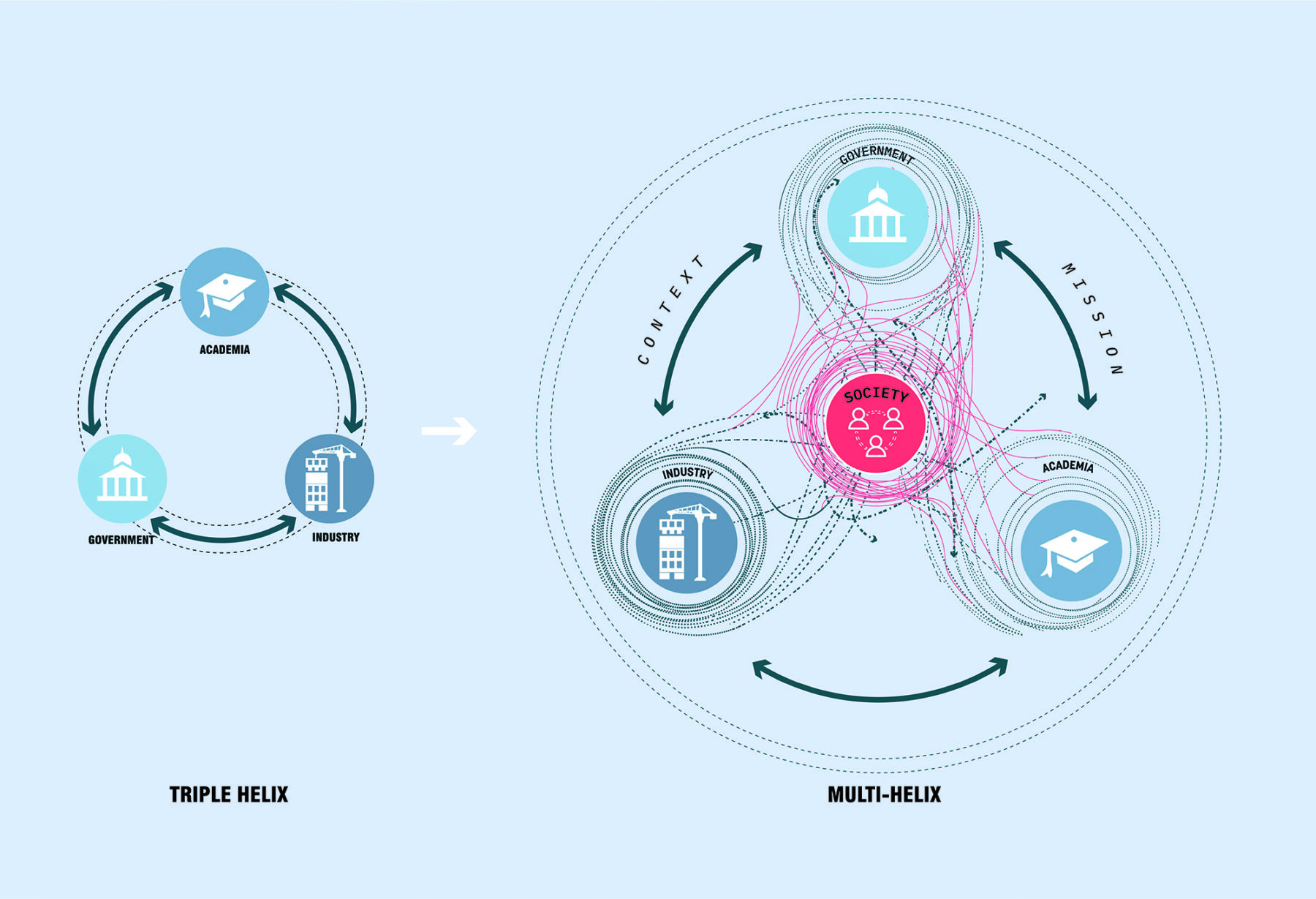
"Ho Chi Minh City has the potential to expand upon the traditional triple helix model of an innovation district’s structure– involving academia, government, and industry– to more directly involve communities and society at the core of its innovation activities while ensuring long-term ecological and environmental resilience."
Romil Sheth, Sasaki principal
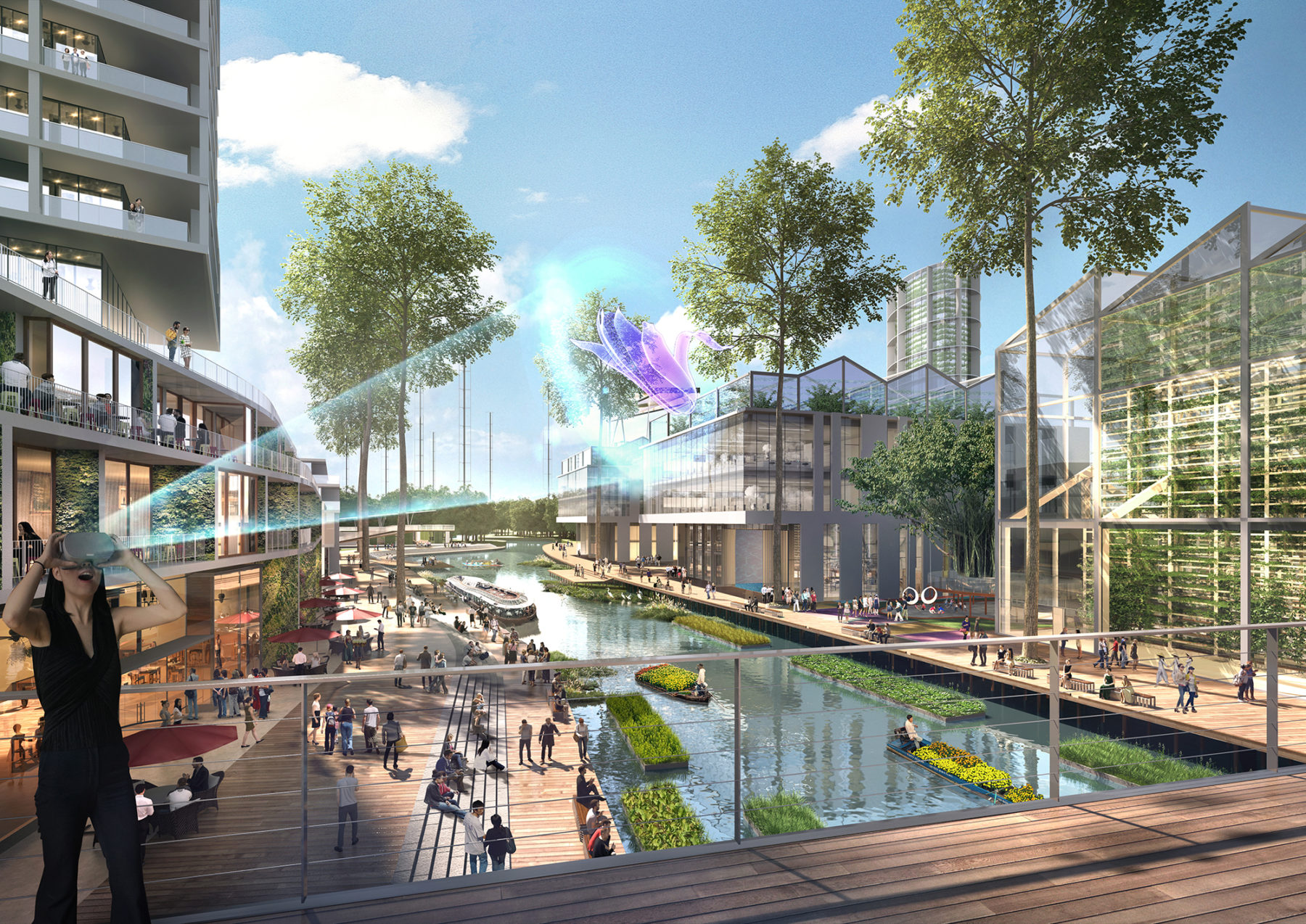
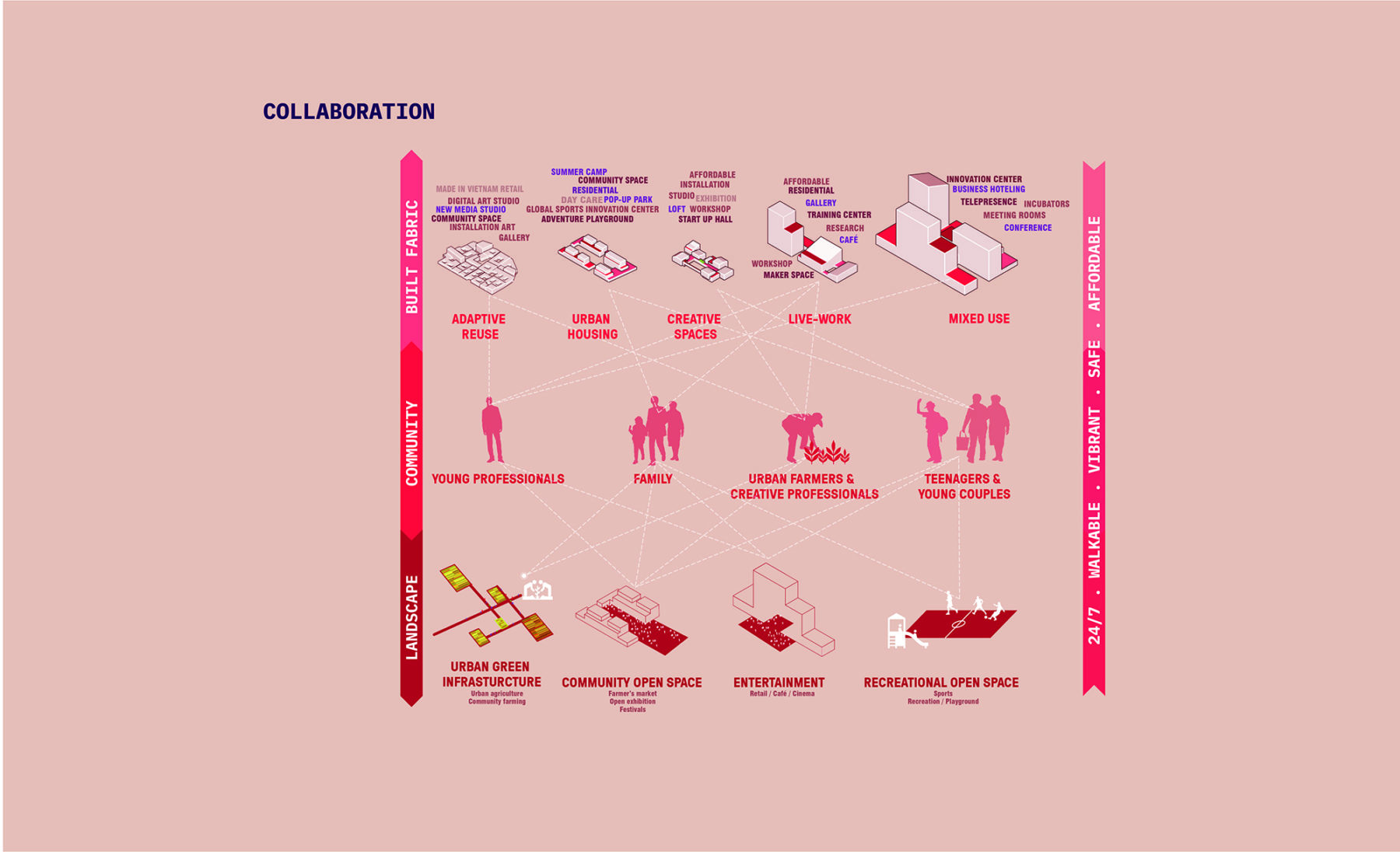
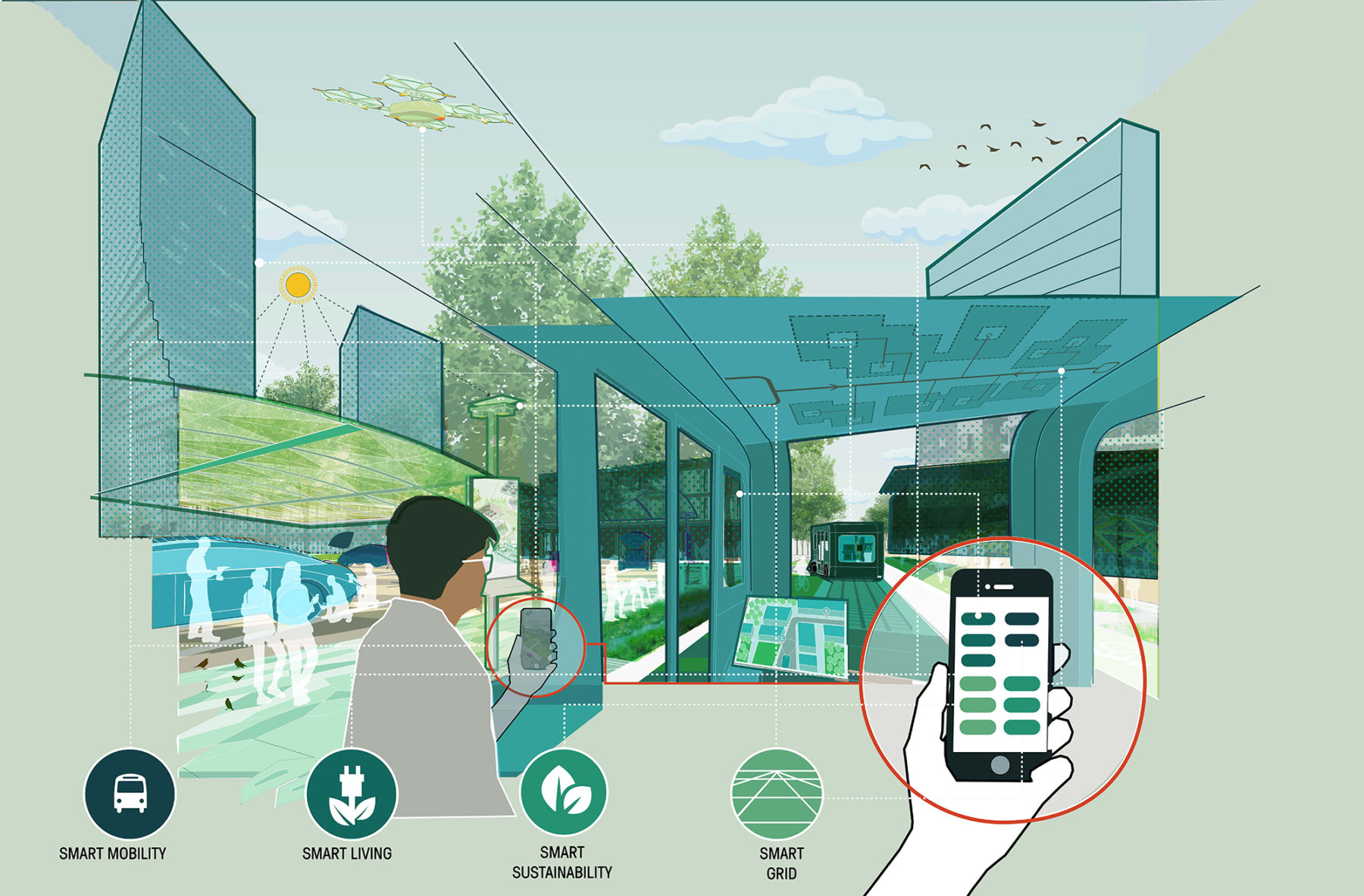
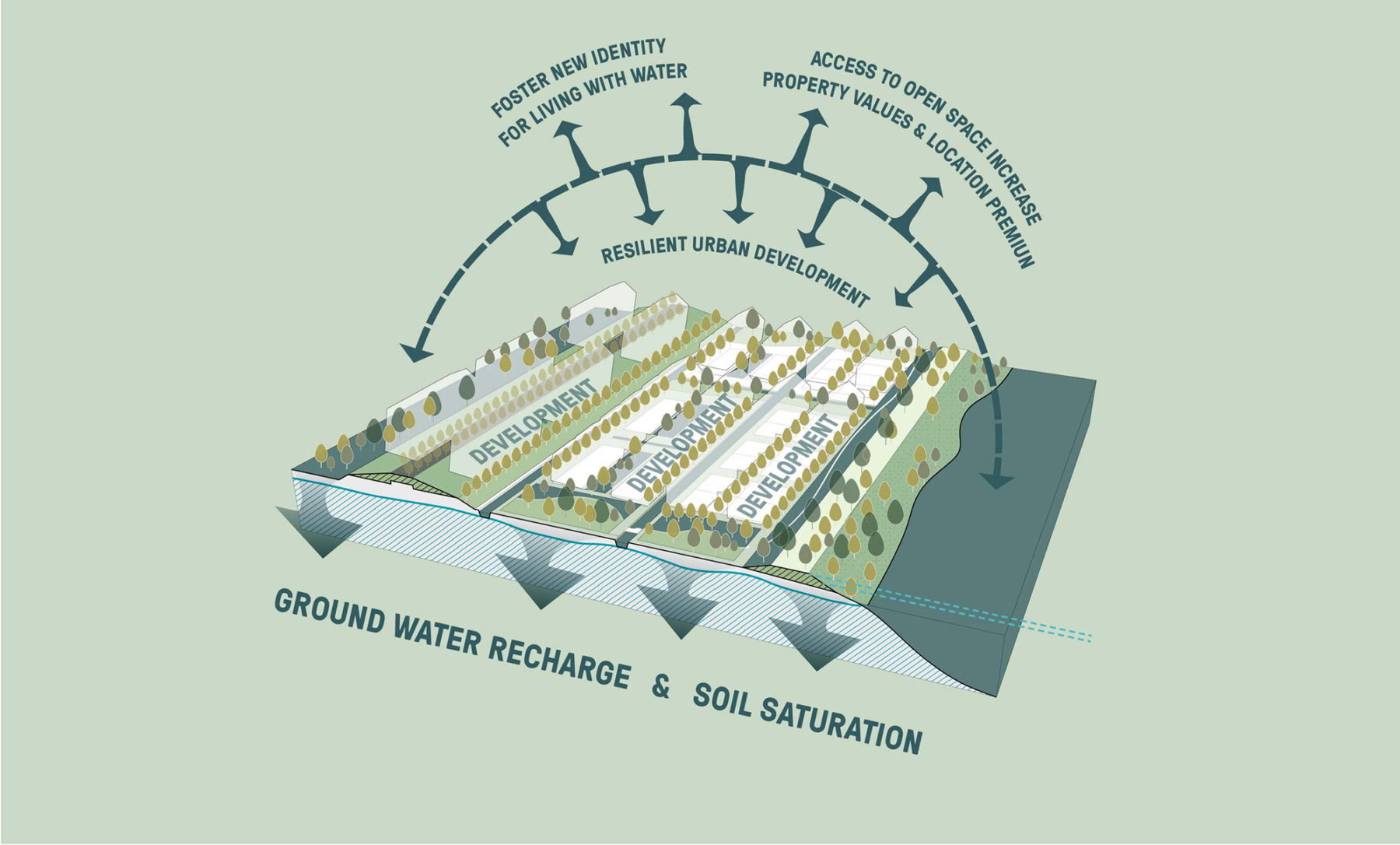
The winning project proposed six innovation hotspots for catalytic investment, integrated into a specific site. The planned innovation district is envisioned as a significant economic driver for the city and region, connecting research, entrepreneurship, academia, industry, and the local community to create a diverse innovation eco-system.
1 – The Thu Thiem FinTech Hub
The site benefits from its proximity to the urban core of Ho Chi Minh City and frontage along the Saigon River. Existing transit connections integrate the Thu Thiem FinTech Hub into a broader network and provide an opportunity for the flow of ideas and capital.
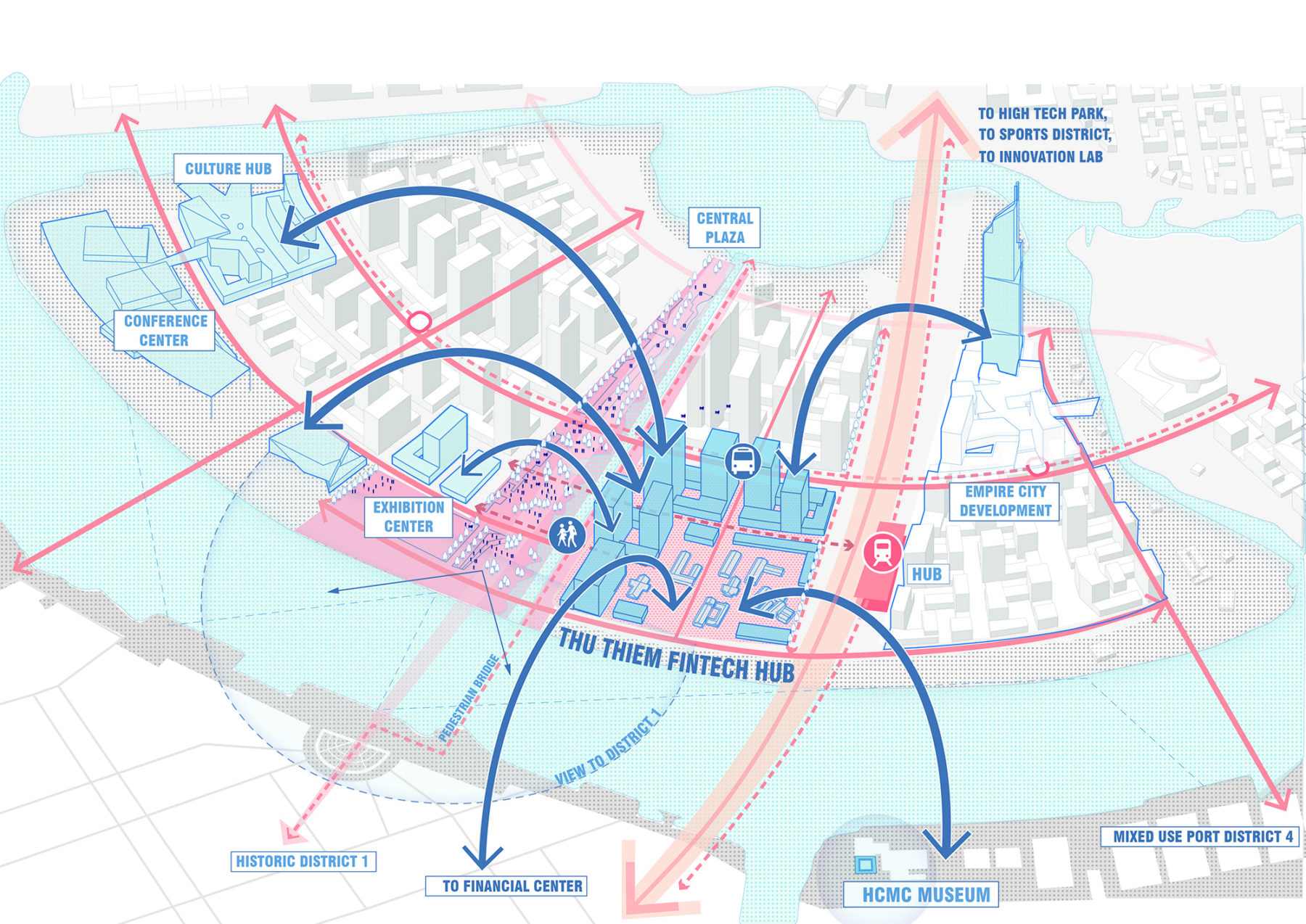
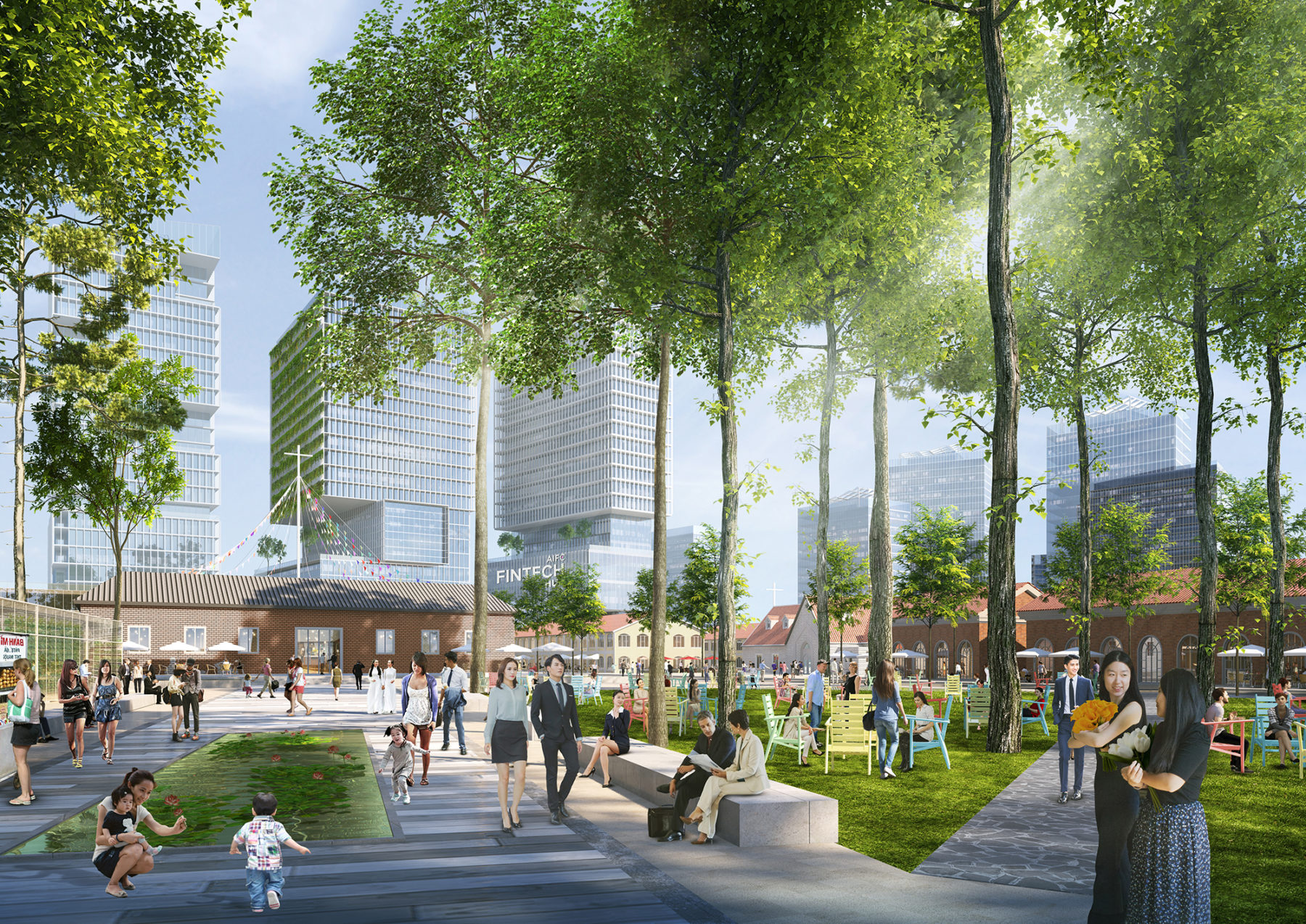
2 – The Rach Chiec Sports and Wellness Hub
The Rach Chiec Sports and Wellness Hub builds upon previous planning efforts for the site as a sports district, focusing on the increasing popularity of the health and wellness industry in Southeast Asia. Rach Chiec emphasizes Ho Chi Minh City’s potential as an international destination for innovation in sports medicine, biosciences, sports-related products, and related industries with the goal of improving the human condition
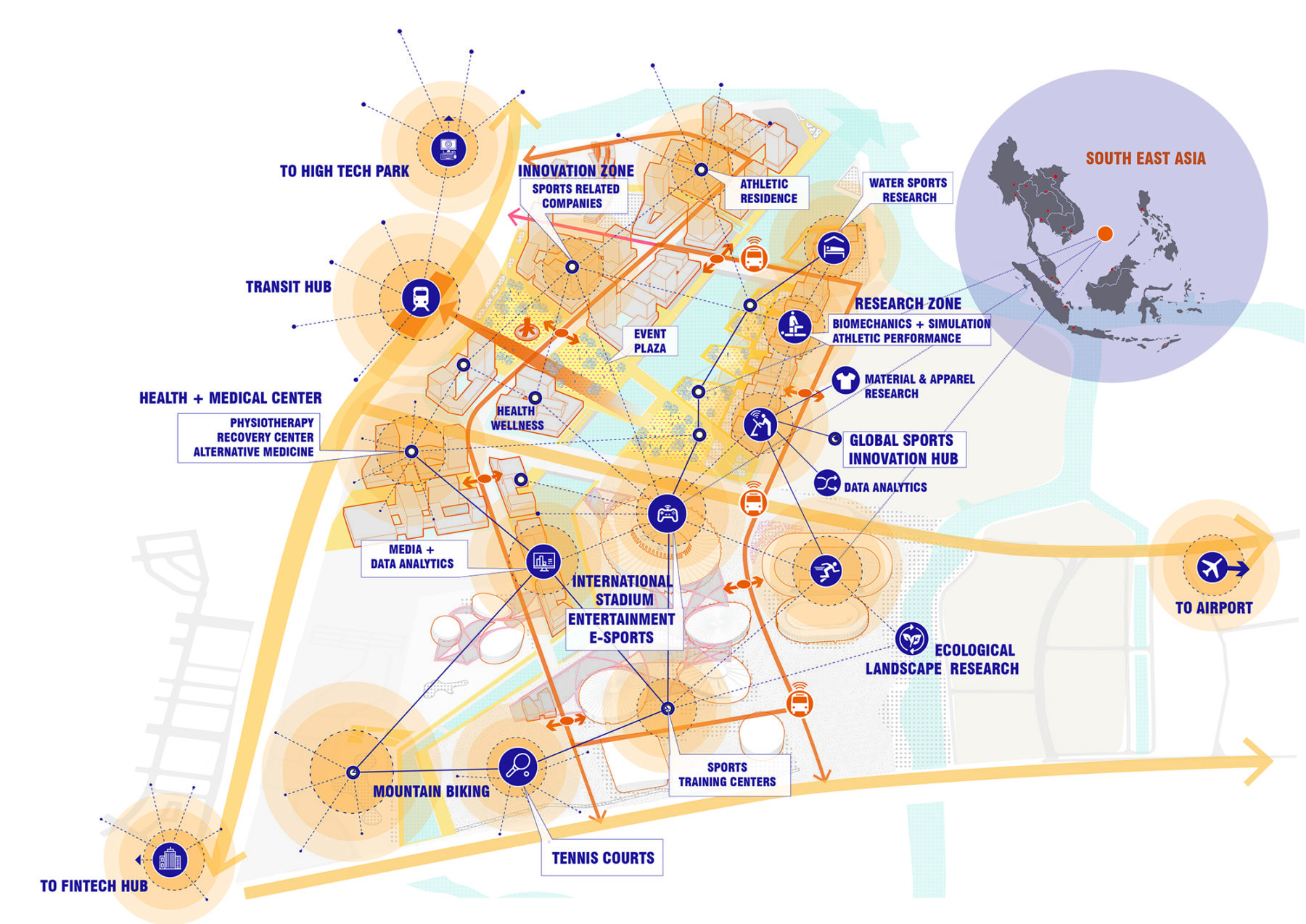
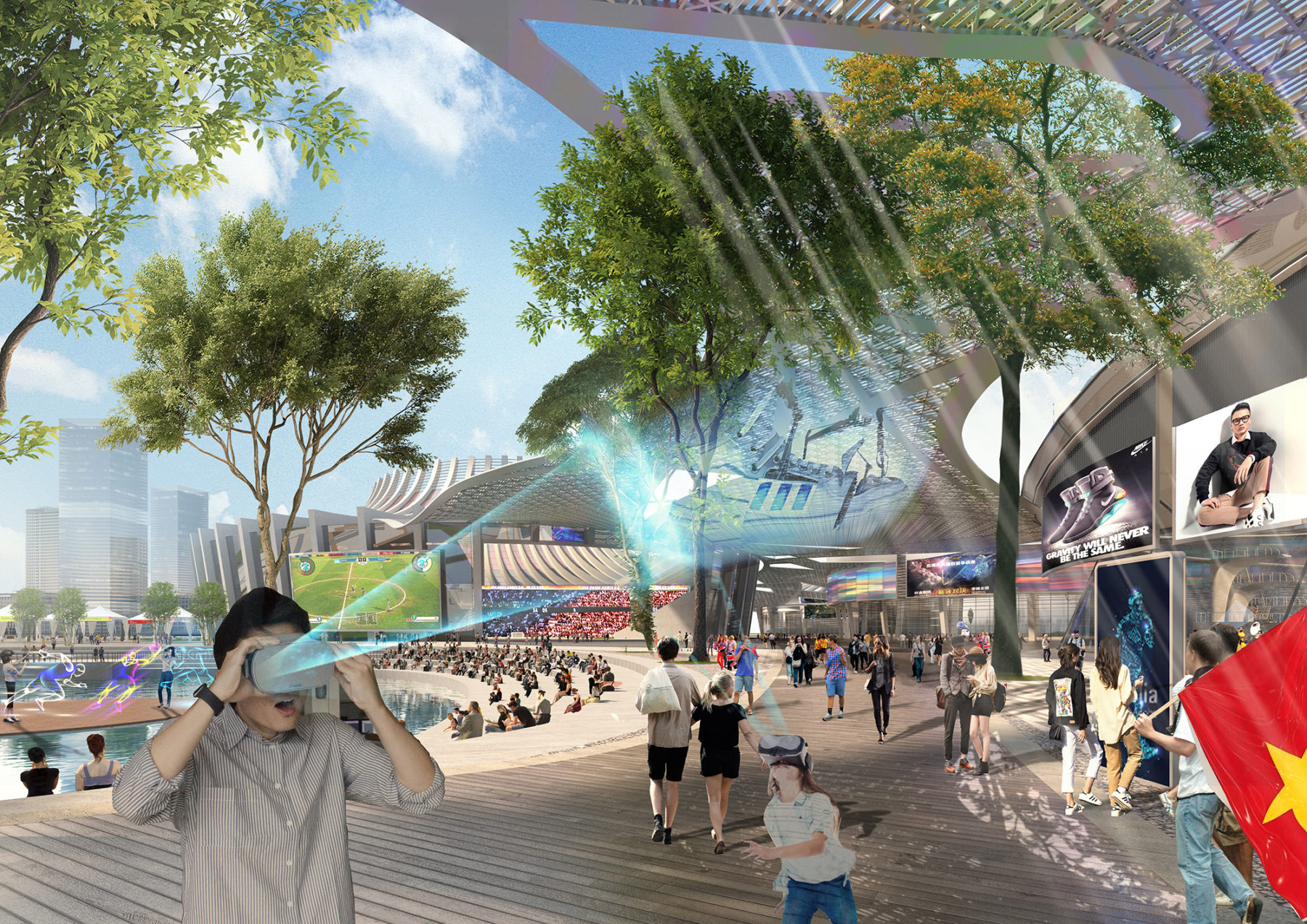
3 – The Saigon Hi-Tech Park and Automated Manufacturing Hub
Building on its existing manufacturing capacity, the Saigon Hi-tech Park is envisioned to promote the future of innovative production and design. Connections to adjacent existing and proposed research entities further strengthen the already vigorous manufacturing sector with inventive methods and products.
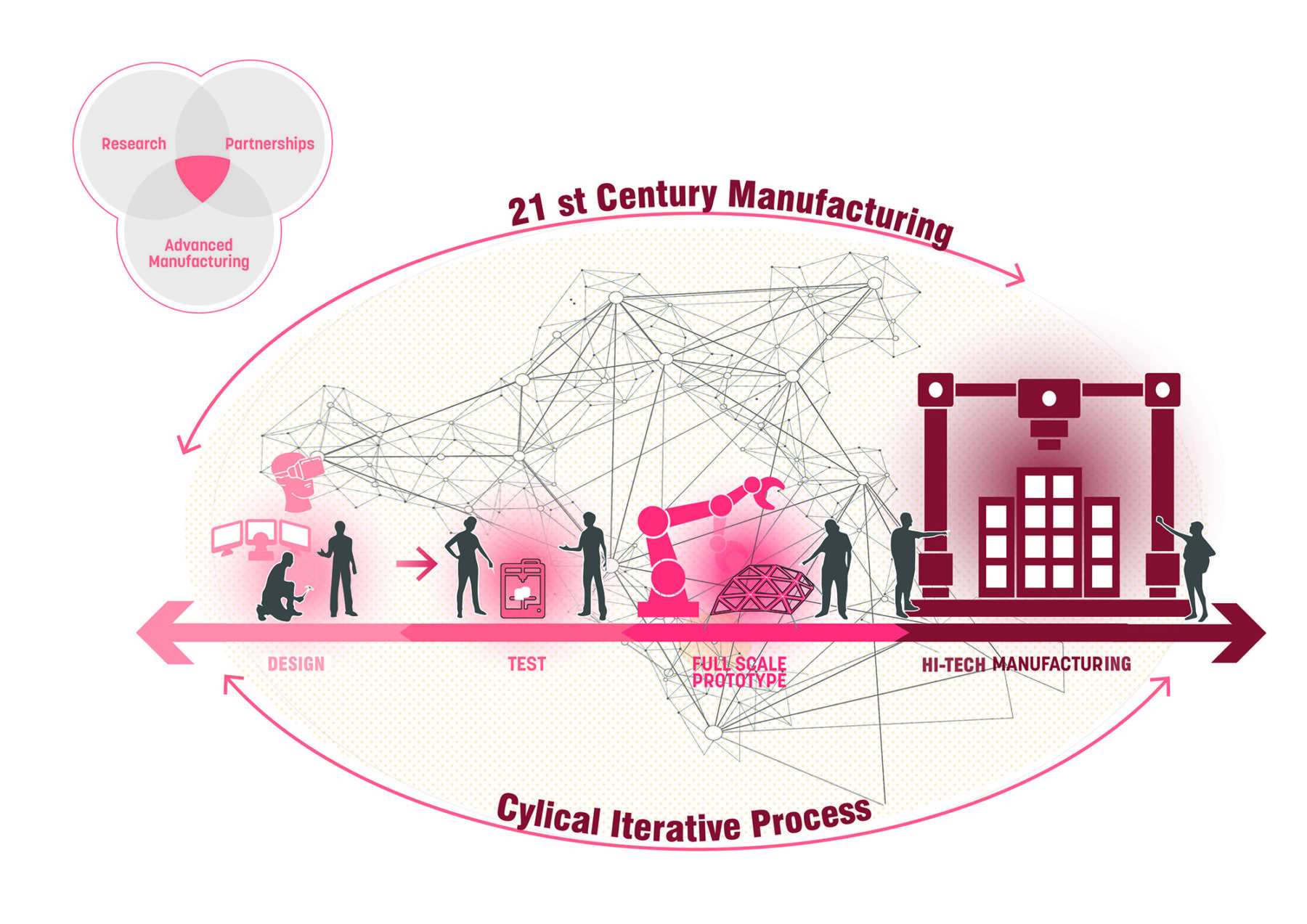
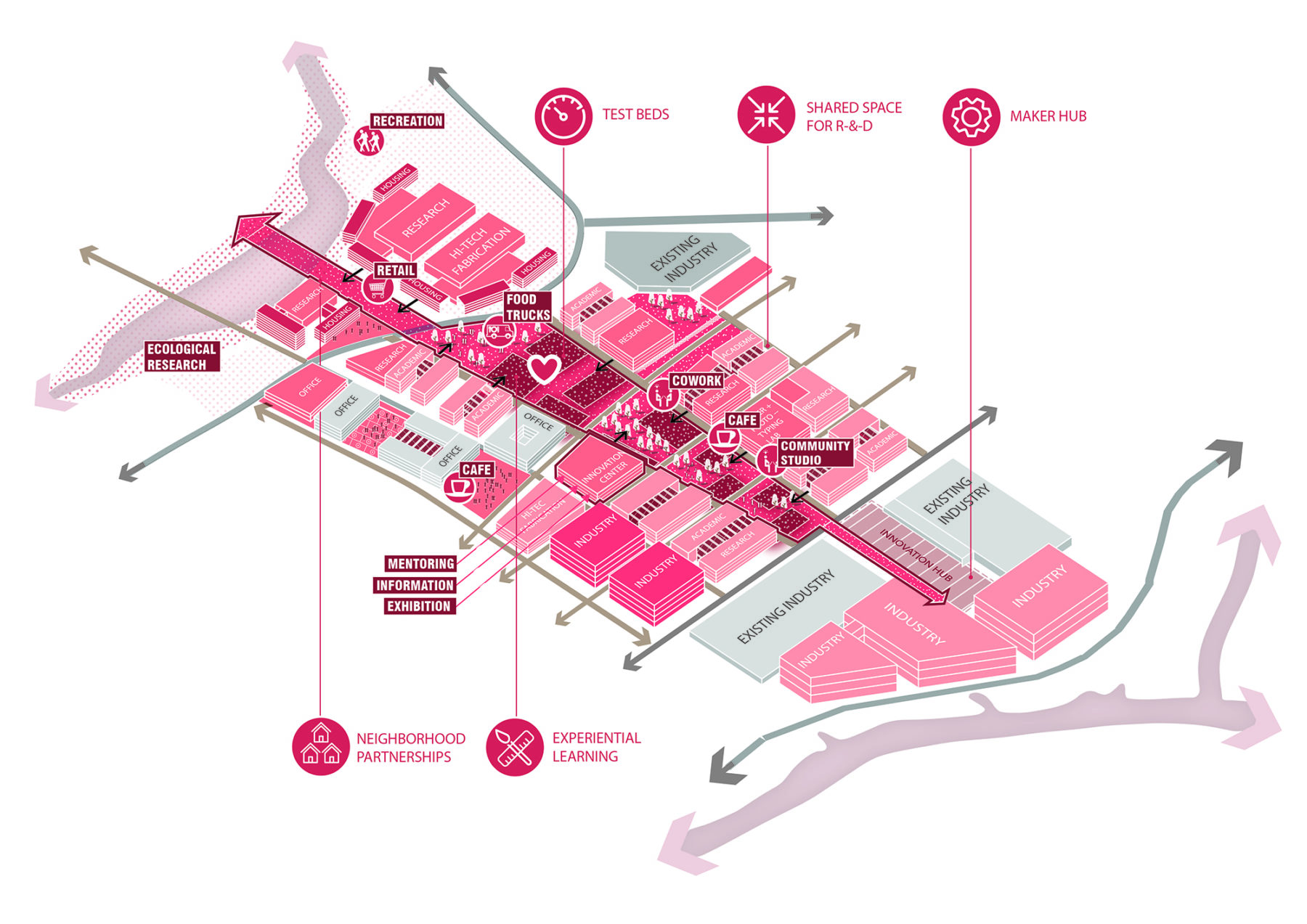
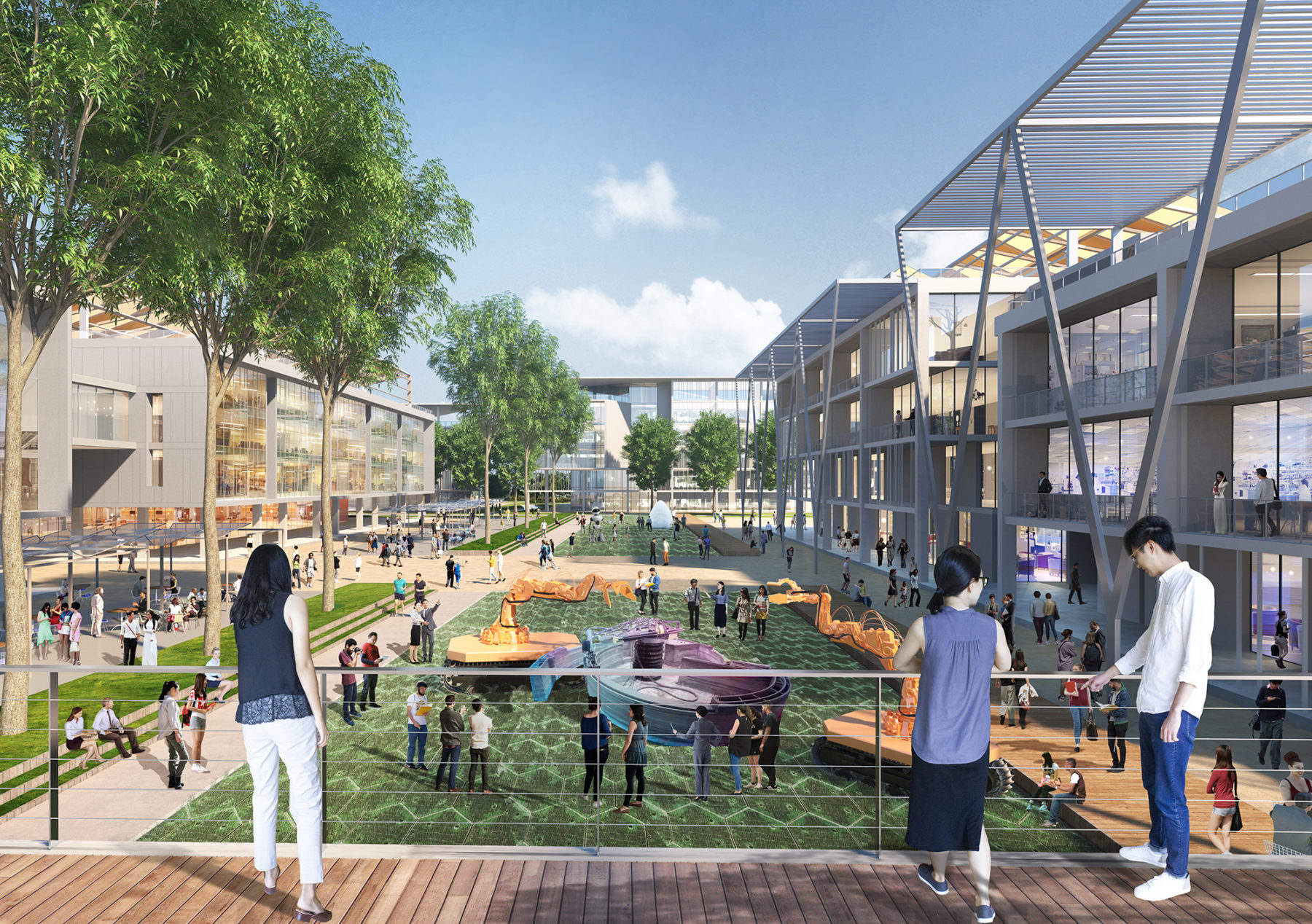
The Saigon Hi-Tech Park and Automated Manufacturing Hub currently holds multinational high-tech companies and educational institutions.
4 – The National University IT & EduTech Hub
The National University IT & EduTech Hub provides a cluster of educational institutions near the Vietnam National University that support the school’s academic mission while spurring additional economic growth. Additional development sites for research, study, and collaboration bridge the gap between knowledge and production and support the teaching of new skills and methods.
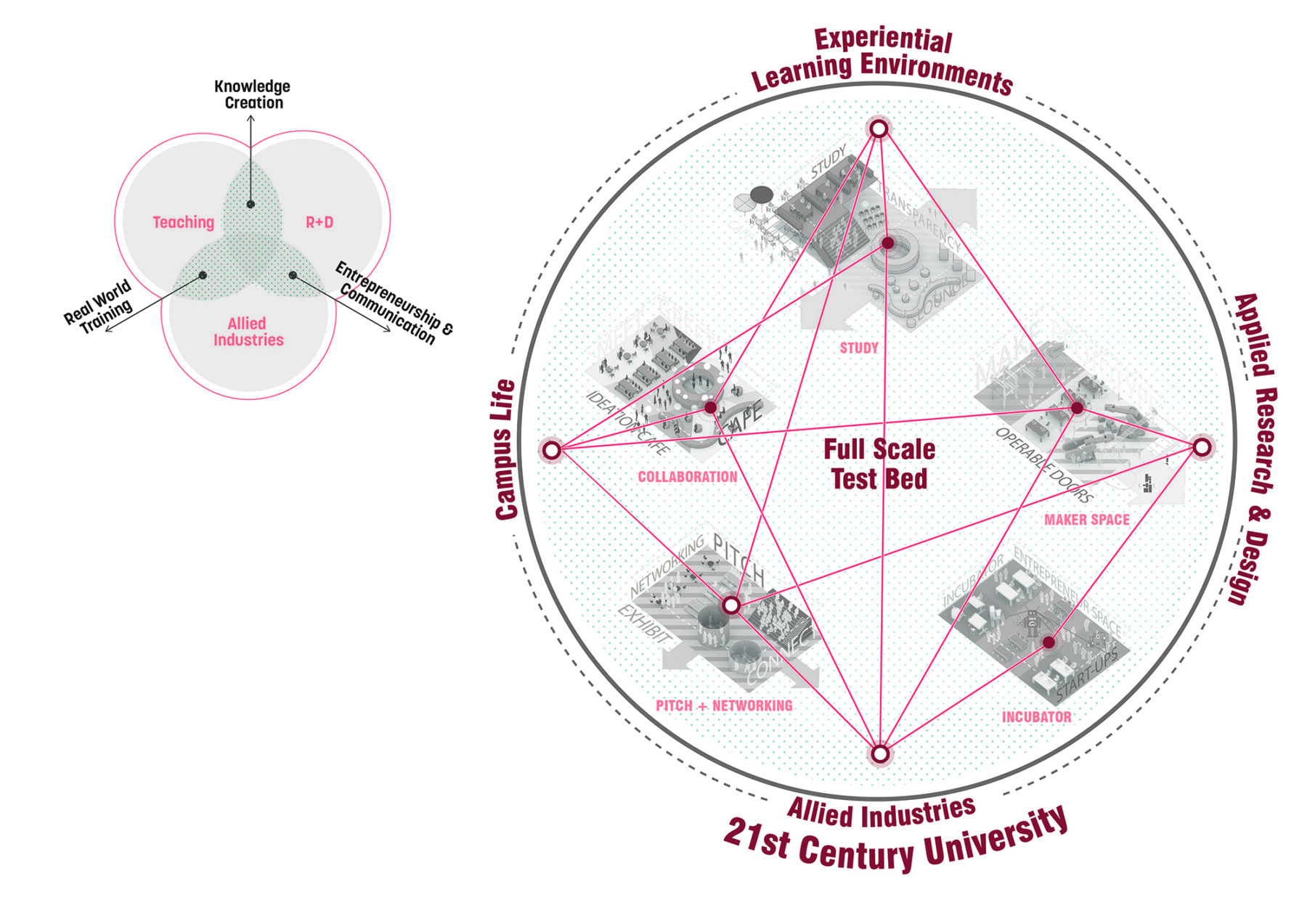
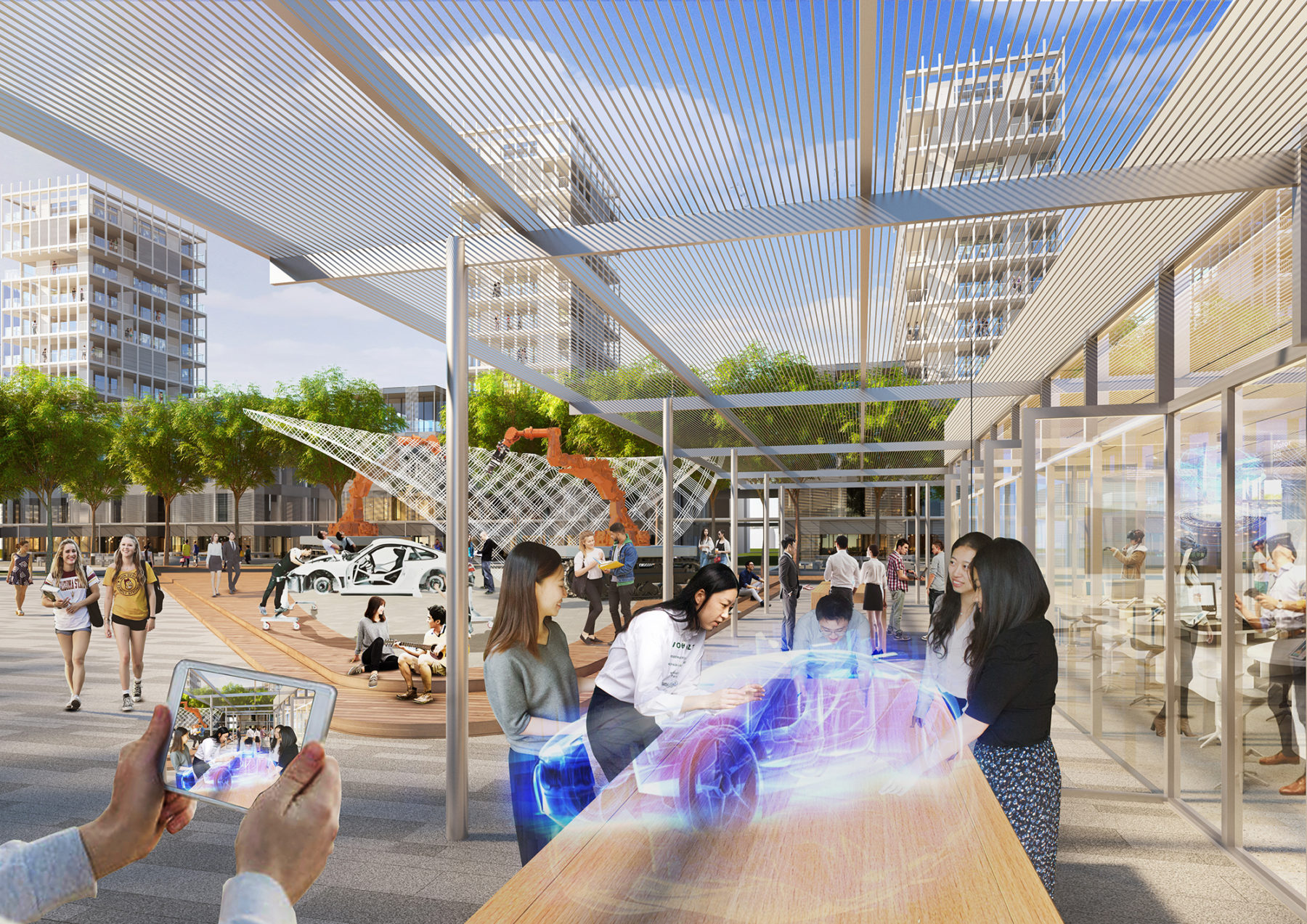
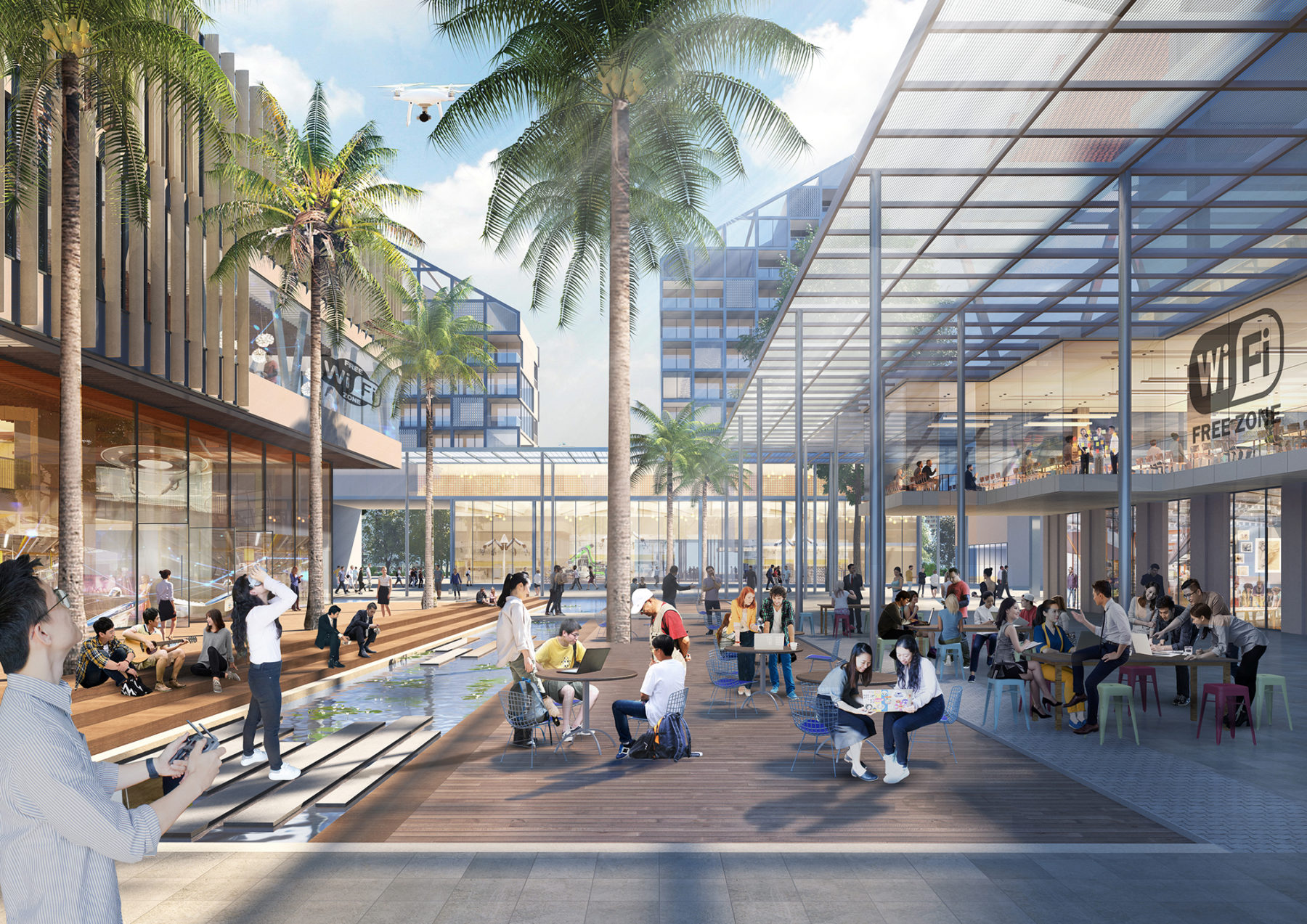
5 – The Tam Da EcoTech Hub
This intervention leverages the natural site conditions of the riverfront to promote eco-tourism and food-processing hub that can support culinary development and agro-tech industries. The most ecologically sensitive district, the Tam Da district clusters development in areas that can support new growth adjacent to existing transit hubs, while allowing for the preservation and protection of environmentally sensitive areas.
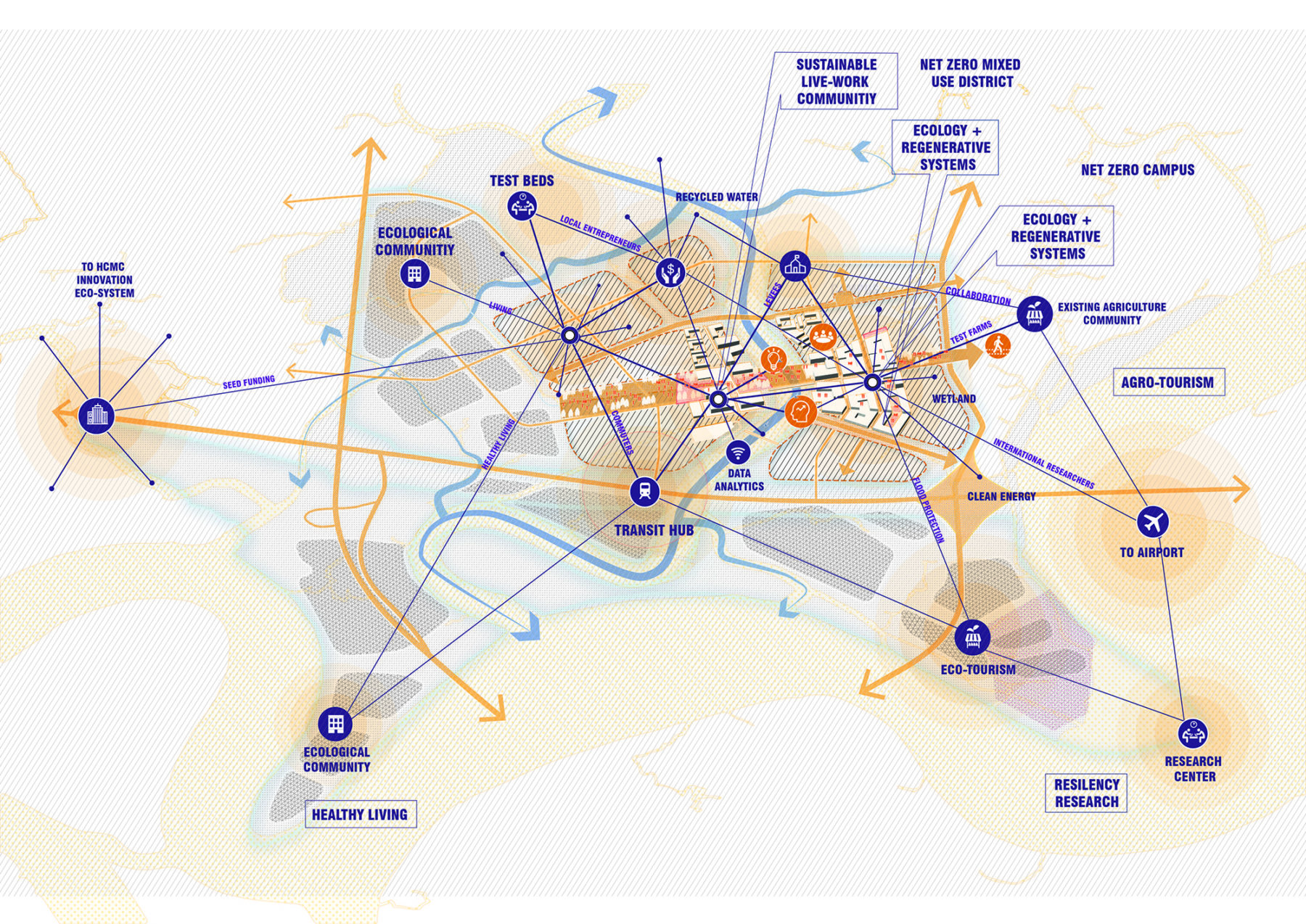
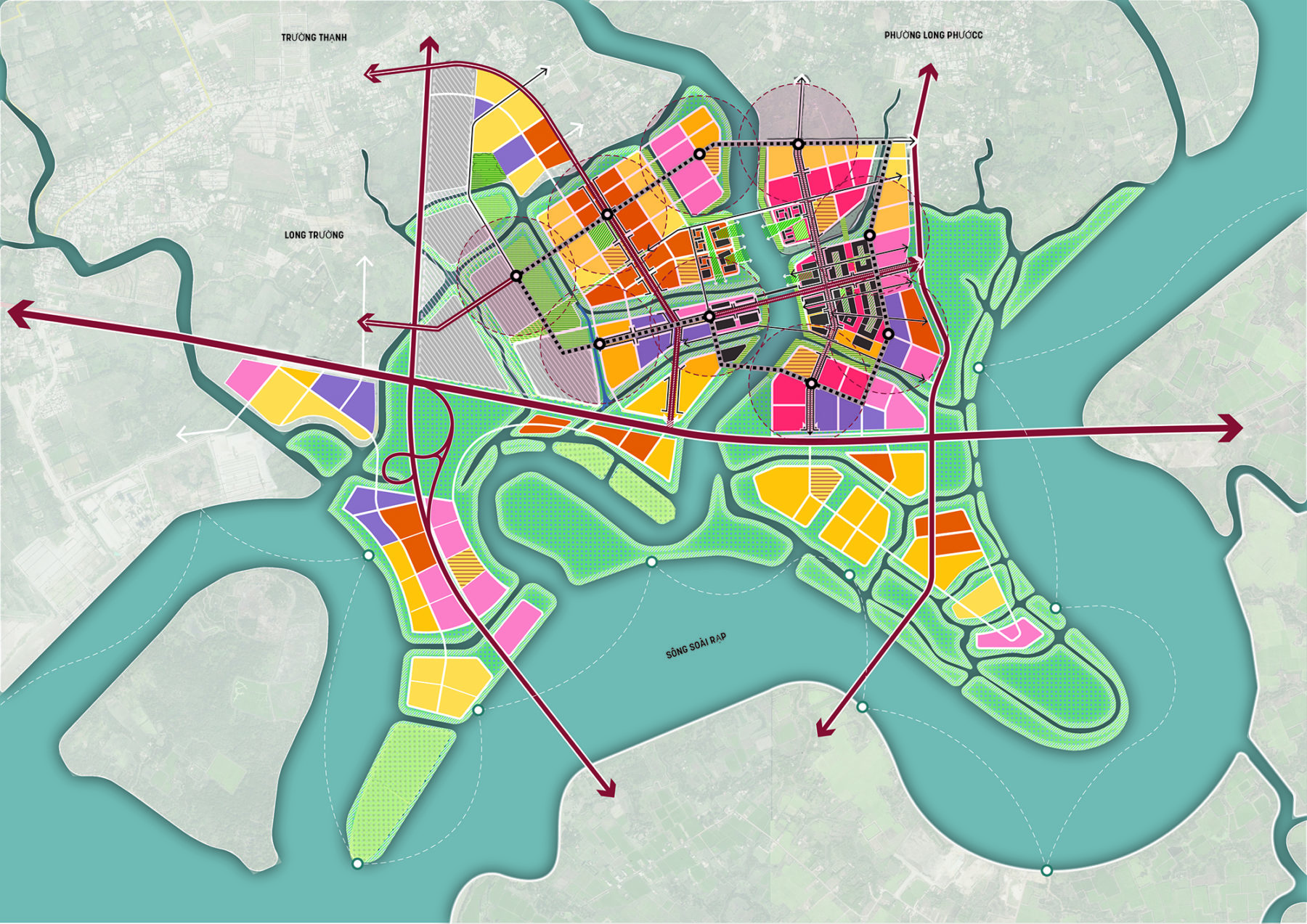
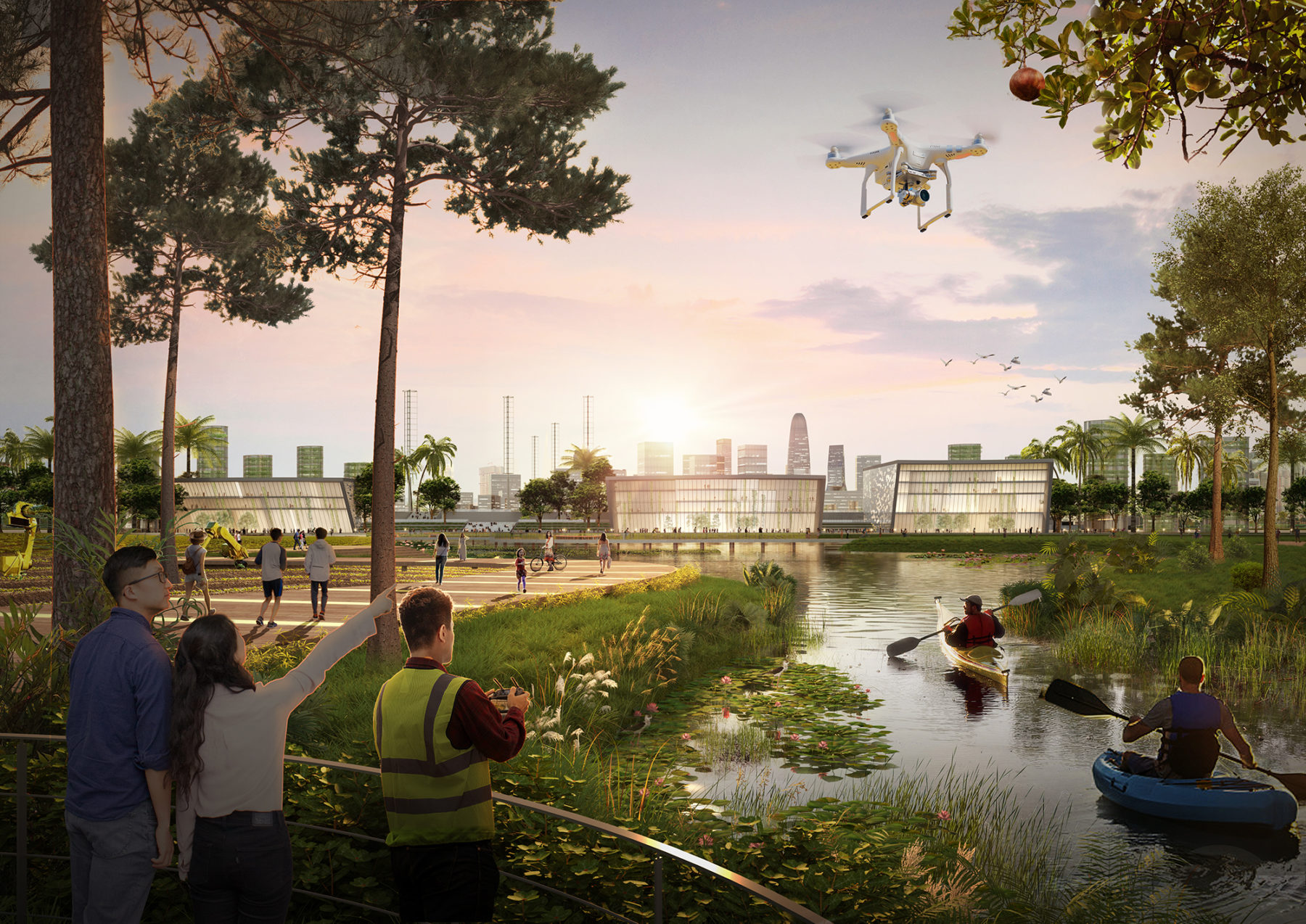
The Tam Da EcoTech Hub will indorse eco-tourism.
6 – The Truong Tho Future Hub
This cluster leverages the redevelopment of an obsolete riverfront port as an ideal site for a smart city demonstration project. The working port is transformed into a new neighborhood that serves as a model for integrating advanced technologies into all forms of daily life. Resilient and responsive infrastructure, new forms of mobility and communication, adaptive building technology, and a data-infused public realm with a focus on innovation in arts and entertainment are hallmarks of the district.
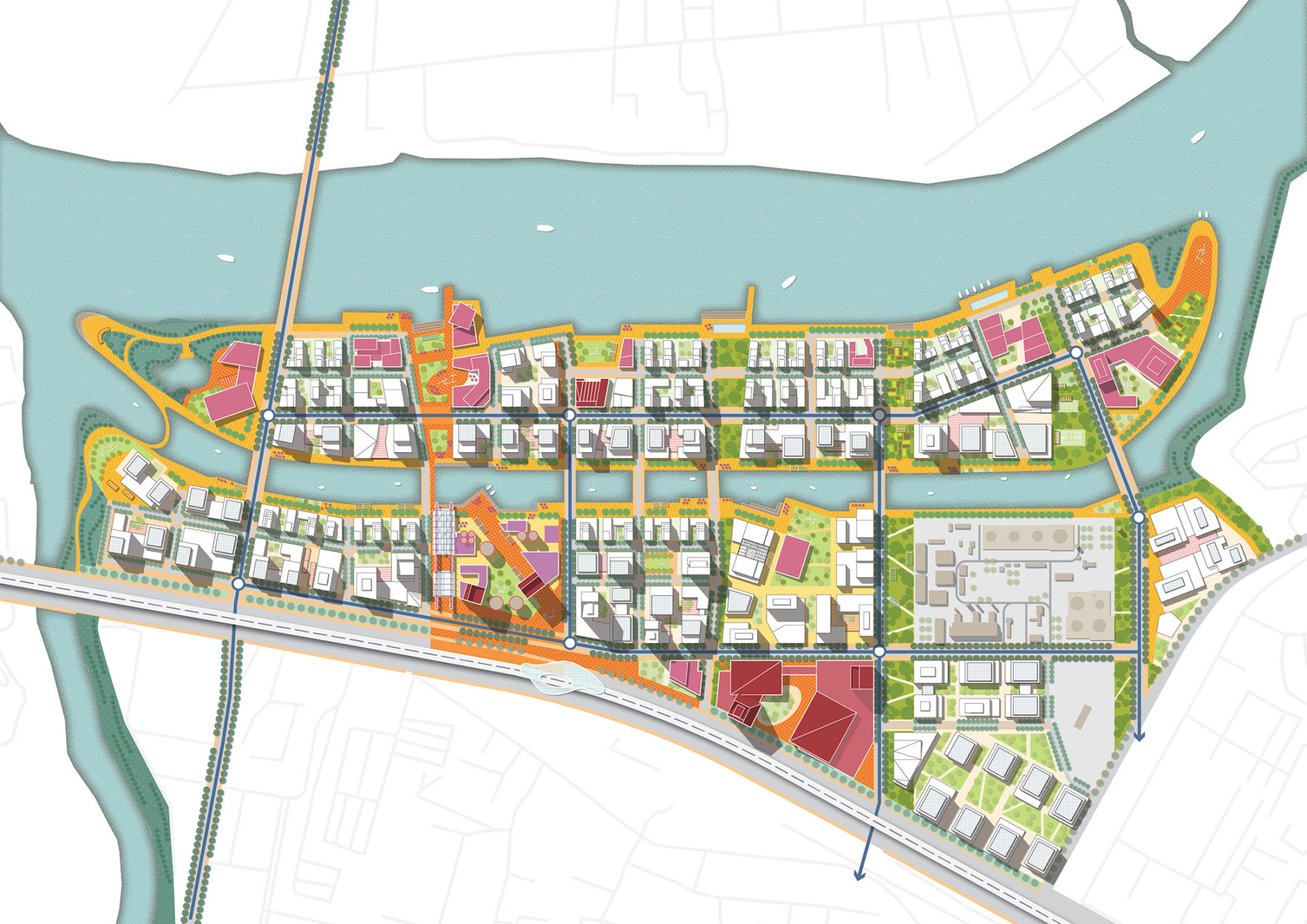
Ground water recharge & soil saturation
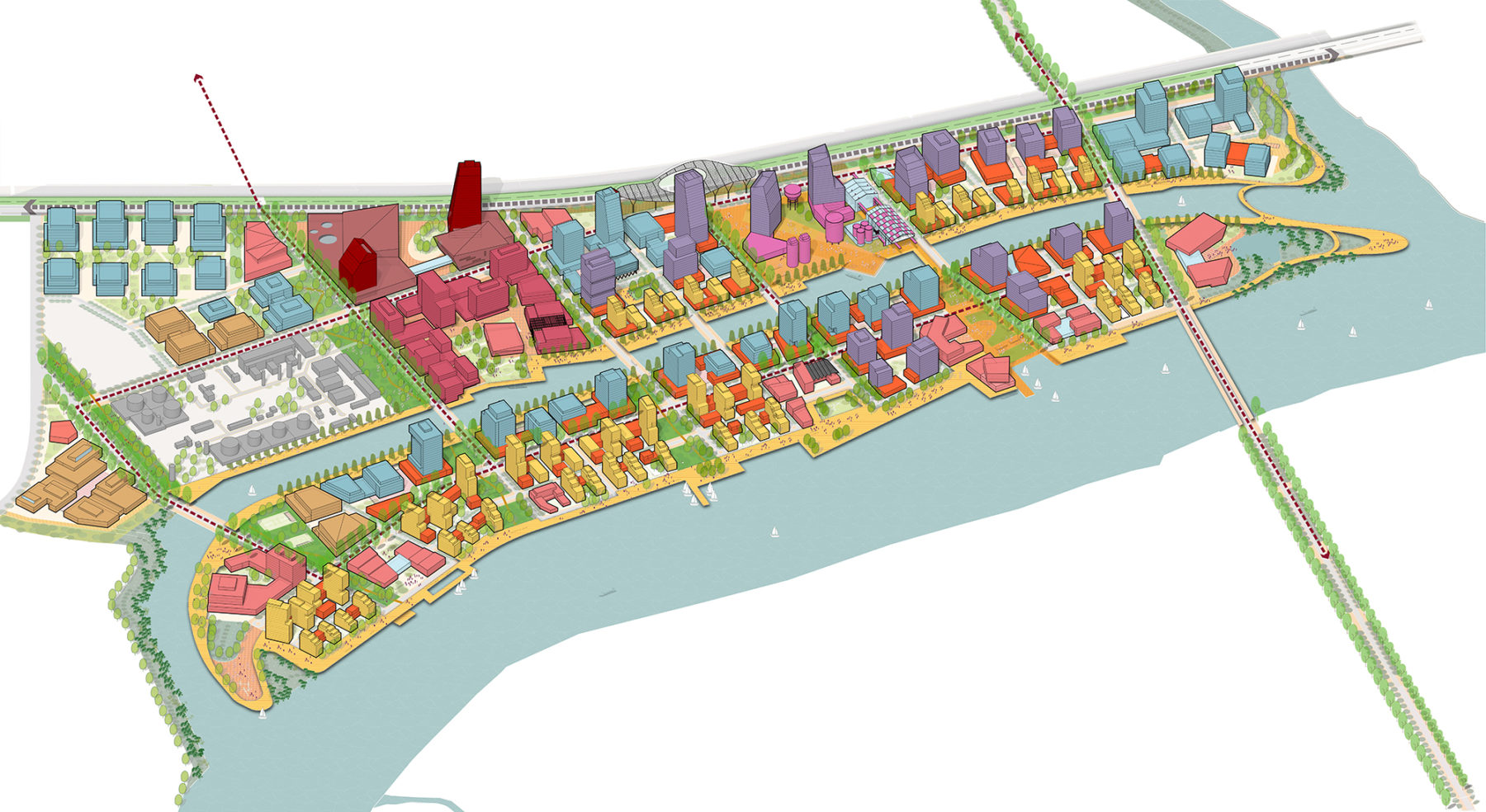
Urban diversity pervades the project
The project takes into consideration the increasing flood risk in the southern part of Vietnam, by introducing 4 major approaches:
- Capitalizing on major industrial relocations and investments
- Leveraging the existing land bank of the Vietnam National University already located on higher ground
- Building upon recent transportation investments
- Establishing policies that leverage the value of urban land while preserving the absorption capacity of existing landscapes
Below is a webinar recorded for Urban Land Institute’s 2020 Thought Leadership Series—delving into our planning work for the HCMC Innovation Districts.
Narrated by Sasaki principal Michael Grove:
For more information contact Romil Sheth.
